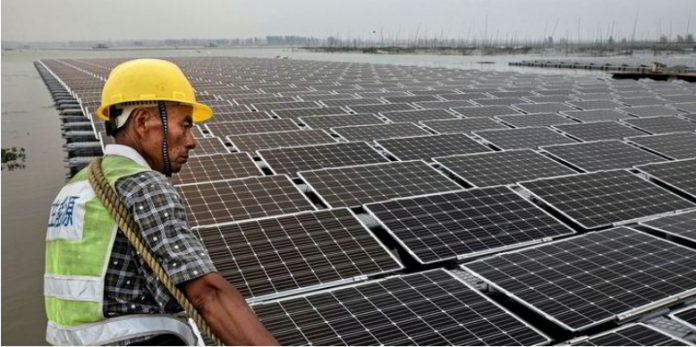Japanese power giant Marubeni planted its flag in the fast-emerging market for floating solar with the acquisition of a PV operator in Taiwan.
Marubeni – one of the world’s largest independent power producers – agreed to buy Chenya Energy from investor iSquared Capital for an undisclosed sum.
Chenya’s 270MW solar portfolio includes “one of the world’s largest floating solar power plants” said a statement announcing the deal, without giving further details of the project.
The Japanese group says the deal means “Marubeni will gain expertise in the floating solar power business and continue to enhance its renewable energy development capabilities”.
Floating solar arrays are becoming an increasingly attractive option for large-scale PV deployment at reservoirs and alongside hydropower facilities, especially where land use is constrained elsewhere, according to a World Bank report on the sector.
The largest floating PV array currently operational is a 150MW project in Anhui, China. But that and other large floaters such as the Bomhofsplas project in the Netherlands are both soon set to be overshadowed by massive developments elsewhere in the world.
A 145MW project in Indonesia, a 1GW plant in India , and an eye-watering 2.9GW in South Korea have all been reported by Recharge in recent months.
PV is also pushing out into the open seas to create a new breed of offshore solar array thanks to the pioneering Zon-op-Zee (Solar-at-Sea) project off the Netherlands, which Recharge reported in February survived a violent storm intact.






